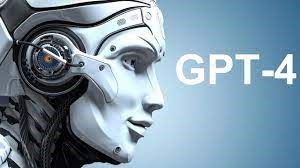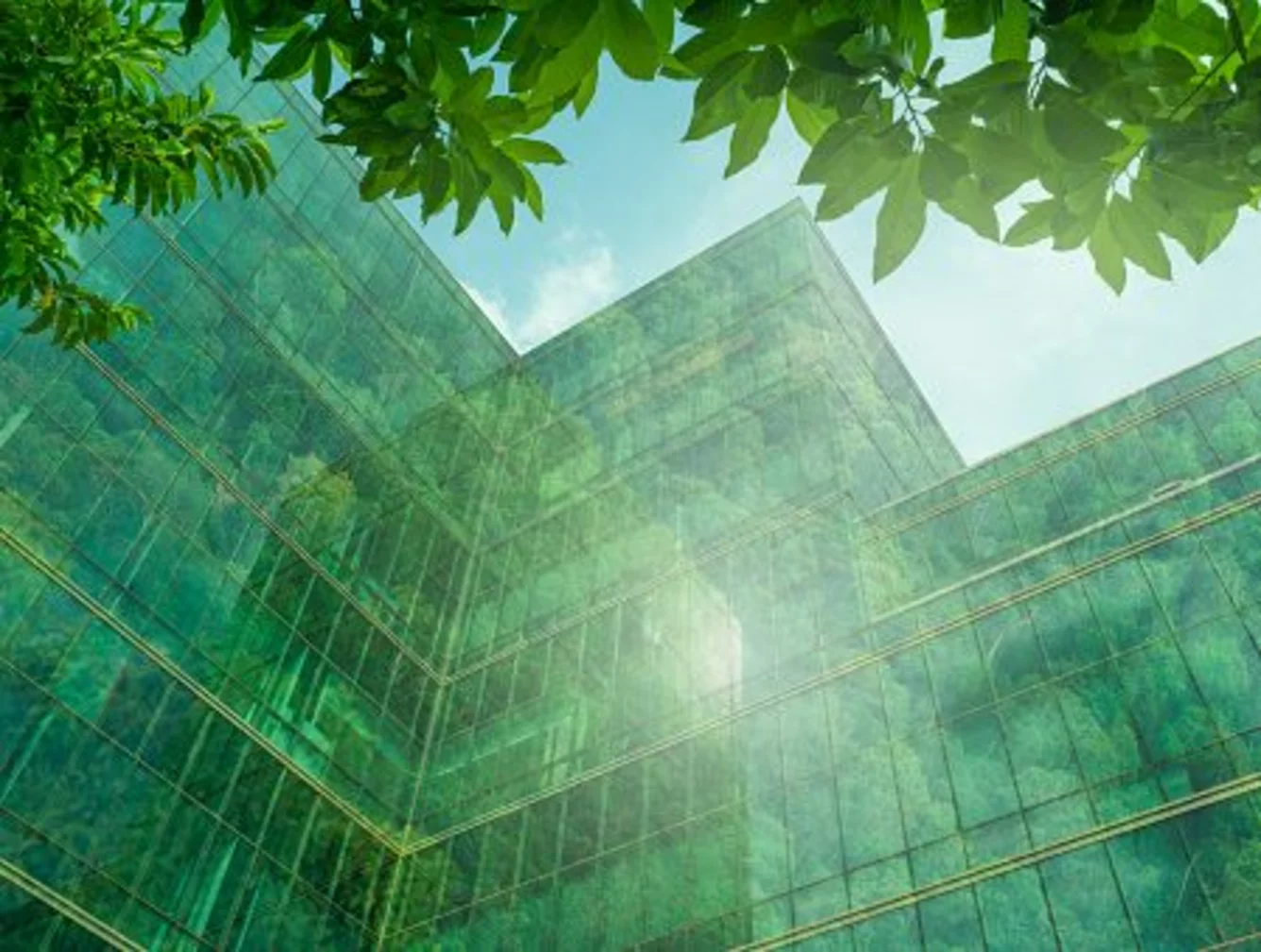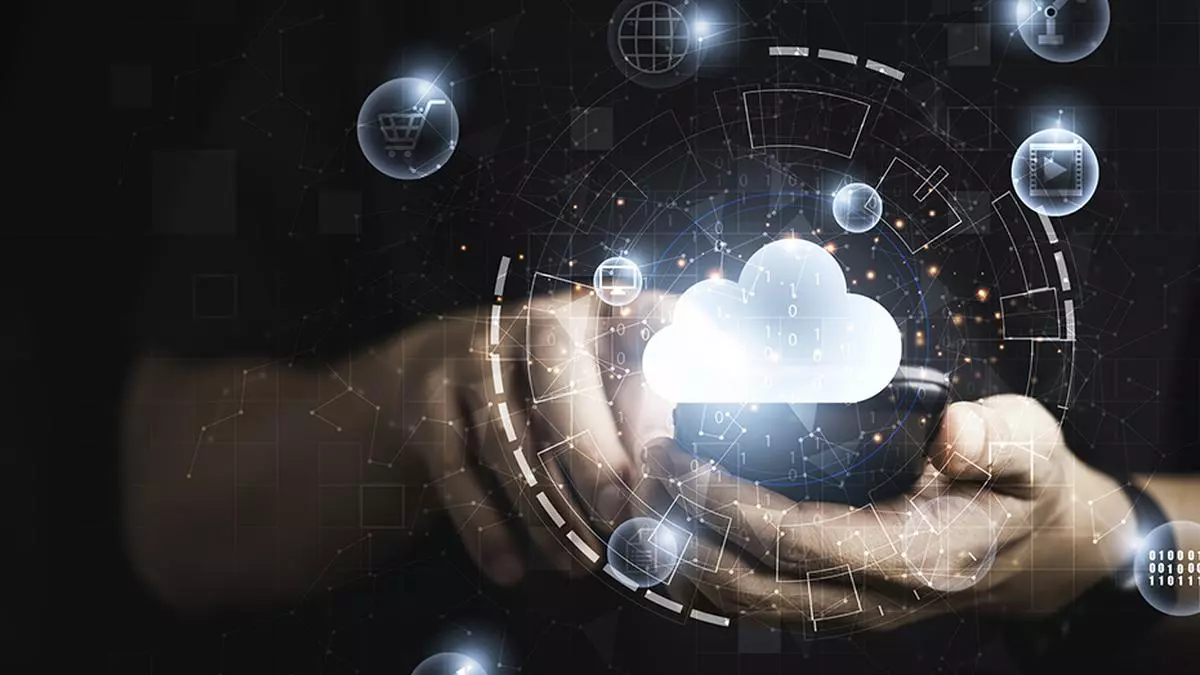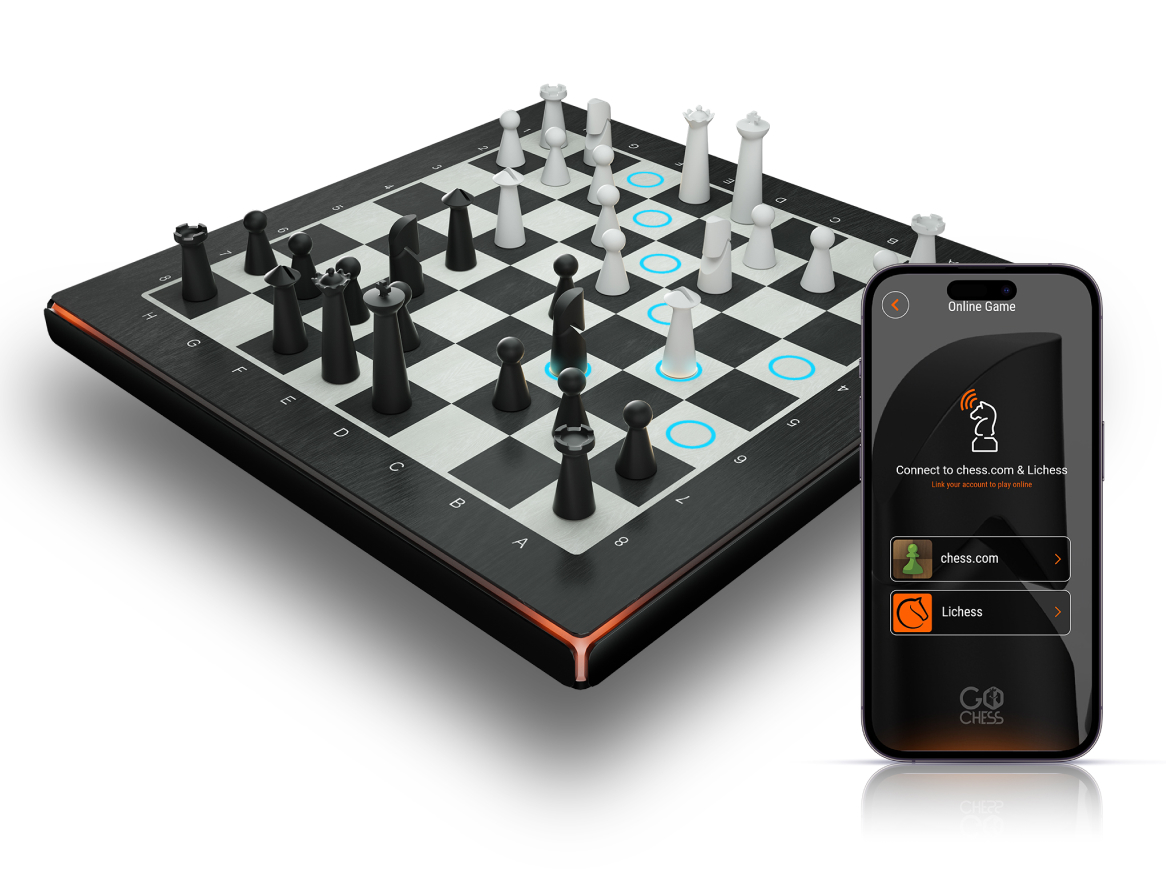3D Reconstruction
3D reconstruction with the increasing availability of 3D sensors, computer vision researchers are developing algorithms to reconstruct 3D models of real-world objects and environments. This has important applications in fields such as robotics, autonomous vehicles, and augmented reality.
Meta recently released Implicit on, a 3D reconstruction architecture that enables fast prototyping and 3D reconstruction of objects. Implicit on uses multiple shape architectures to generate implicit shapes, where a renderer further analyses the input image to convert the 2D input into a 3D model. To facilitate 3D experimentation, the model includes a plug-in and configuration system that allows users to define component implementations and enhance configurations in-between implementations.[1]
The potential of 3D reconstruction can be used for quality control because the height values contain relevant information that is not visible in 2D data. Instead of 3D scans, estimated depth maps based on a 2D input image can be used with the advantage of a simple setup and a short recording time. Determining a 3D reconstruction from a single input image is a difficult task for which many algorithms and methods have been proposed in the past decades.[2]

Figure .1 3D reconstruction
Figure 1 shows 3D reconstruction is the process of generating a three-dimensional model of an object or scene from one or more two-dimensional images or a combination of images and other sensor data. The goal of 3D reconstruction is to recreate the shape, texture, and appearance of the object or scene in a 3D digital format.
3D reconstruction has applications in various fields, such as robotics, virtual and augmented reality, cultural heritage preservation, medical imaging, and industrial design.
There are several techniques used for 3D reconstruction, including:
- Stereo vision:This technique involves using two or more cameras to capture images of an object or scene from different angles. By analysing the differences in perspective between the images, the relative depth and distance of the object or scene can be estimated, allowing for the creation of a 3D model.
- Structure from motion :This technique involves using a sequence of images taken from different viewpoints to reconstruct a 3D model. By tracking the motion of the camera and identifying common features in the images, the relative position and orientation of the camera and the 3D structure of the scene can be estimated.
- LiDAR:LiDAR (Light Detection and Ranging) is a technique that uses laser beams to create a 3D map of a scene or object. By measuring the time, it takes for the laser beams to bounce back, LiDAR can accurately determine the distance and position of objects, creating a detailed 3D model.
- Photogrammetry:This technique involves using multiple photographs taken from different angles to create a 3D model. By analysing the images and identifying common features, photogrammetry algorithms can estimate the 3D structure of the scene.
3D reconstruction is a challenging task that requires advanced computer vision, image processing, and machine learning techniques. However, with the increasing availability of sensors and imaging technologies, we can expect to see more sophisticated and accurate 3D reconstruction methods in the future.
References:
- https://venturebeat.com/ai/deep-dive-why-3d-reconstruction-may-be-the-next-tech-disruptor/
- https://www.mdpi.com/1424-8220/22/17/6425
Cite this article:
Janani R (2023), 3D reconstruction, AnaTechMaz, pp.241















